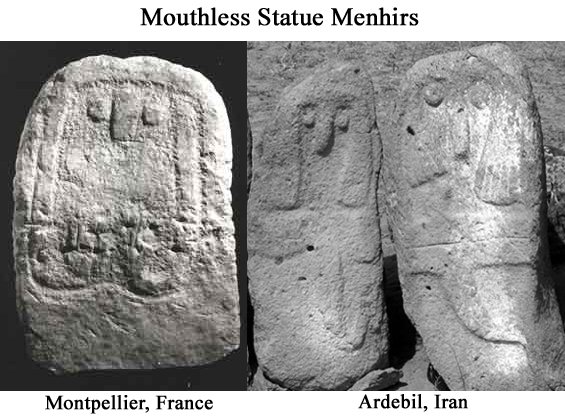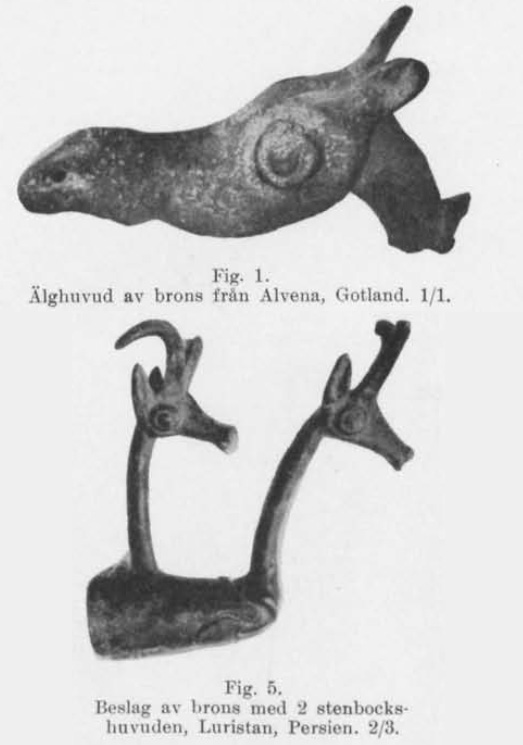AFAIK Vennemann considered that Celtic languages were the ones deeply influenced by Semitic languages, and in fact he assumed that Semitic or a closely related Afro-Asiatic branch was spoken in Neolithic Europe and was replaced by Indo-European languages that would later give birth to Proto-Celtic. Not Germanic. Semitic loanwords in Germanic should not come as a surprise especially considering specialized words for objects that can be traded (e.g. hemp), as it is well known that IE languages and even PIE itself had MANY loanwords from Semitic languages and even from Sumerian, though they may have borrowed them indirectly via intermediary languages. That shouldn't come as a surprise when the Near Eastern civilizations were absolutely dominant in the Bronze Age and the ancestors of Proto-Germanic speakers most probably lived in Eastern or Southeastern Europe, reachable from Semitic sea and land trade routes. It is not just Germanic that has Semitic loanwords. The very example you gave *xanap- is also cognate to Greekkannabis, and it seems clear that it's just a cultural Wanderwort like computer and television in many languages nowadays.
As for evidence of the presence of Germanic in the north of Europe, the fact that its lexicon and syntax are much closer to Italic and Celtic than to Indo-Iranian, Armenian or other Near Eastern IE branches, as well as the fact that Uralic languages are full of Germanic loanwords (many of them archaic enough to be assumed to date to before the late Common Germanic/Proto-Germanic period) do attest the presence of Germanic in Northern Europe from a fairly early period.
Also, it is not just that there are evidences of Pre-Proto-Germanic in Northern Europe, it is also that there is just no strong archaeological and far less genetic evidence of any large migration from West Iran to Northern Europe and more specifically Scandinavia (where a late form of Proto-Germanic is really first attested) during the Iron Age to account for a supposed transformation from a previous IE branch to an "Iranian" Proto-Germanic. It is extremely unlikely that the partial ancestors of Germanic people would've lived for milennia in West Iran, yet they would've managed to remain very Bronze Age Steppe-like instead of mixing with the locals and acquiring much more Iranian Farmer, Levantine Farmer and Anatolian Farmer admixtures, changing their genetic makeup and therefore imparting a much more Near Eastern-like genetic impact to Northern Europe. Quite on the contrary, the Indo-European population of Northern Europe and Scandinavia in particular is the one that genetically looks more "Yamnaya-like" nowadays, with less heavy admixture with elements besides the usual EHG+CHG mix of the Bronze Age steppe. This would've been virtually impossible if they had come from the mixed Iranian+Levantine+Anatolian+Caucasian genetic landscape of Iran. They would've certainly brought Northern Europe closer to Southeastern European and especially to Near Eastern populations, whereas in fact Northern Europeans from Germanic countries are probably those most distant from Near Eastern peoples in PCA Charts, precisely because they missed much of the additional flows of Caucasian and Anatolian-like ancestry into Europe.








